seeing is believing
The Great Depression came first to the farms of America’s central plains, a historically dry, windy grassland which had become filled with subsistence farmers.
Most of these farmers had no training in soil conservation and worked this marginal farmland using poor agricultural techniques.
Many were sharecroppers.
It was a hard-scrabble life, even in good times.
And they couldn’t fight the weather.
When a severe drought came in 1930, followed by strong winds the next year, the land eroded.
Fertile topsoil blew away.
Farmers couldn’t grow crops or feed their livestock.
So, many who lived on these farms, thought to number 300,000, abandoned them.
They packed up and headed to California, where they’d heard farms were doing well and needed workers.
A San Francisco studio portrait photographer named Dorothea Lange, who had migrated to California herself a decade before, started to see these people on the roads.
She began traveling through California with her camera, bringing Paul Taylor, a professor of agricultural economics at UC-Berkeley, along.
While Taylor asked these migrants questions about their lives, gathering economic data, Lange took photographs.
And San Francisco newspapers began publishing them.
Lange explains:
“You see these American faces, strong, spare, anxious.
“Farmers with rugged, idle hands.
“You see their covered wagons, their camps, the fields they have left.
“You will find it hard to forget this material of human erosion.”
At the time, President Franklin Roosevelt’s agricultural advisors were struggling to enact programs to alleviate the rural poverty which blanketed the center of the country.
These advisors blamed much of the economic devastation on existing government farm policy which had propped up marginal farmers trying to earn a living by working poor soil.
FDR’s advisors recommended a bold, new approach to federal farm policy involving the government’s purchase of substandard farmland and the resettlement of displaced farm families.
But a coalition of Congressional conservatives from both parties screamed ‘socialism!’
And they vowed to block implementation of FDR’s proposals.
At the time, most Americans were unaware of the desperate plight of migrant farm families and the vast numbers of people who had been displaced.
Advocates of the land reform proposals thought they could overcome Congressional objections if they could educate Americans and garner public support for their ideas.
So, a publicity campaign was launched.
The federal government hired Lange and ten other photographers to document the day-to-day lives of these farm migrants.
Lange explains:
“I had made some photographs of the state [of] people, in an area of San Francisco which revealed how deep the depression was.
“It was at that time beginning to cut very deep.
“This is a long process.
“It doesn't happen overnight.
“Life, for people, begins to crumble on the edges;
“they don't realize it….”
Lange was asked to emphasize the migrants’ cooking, sleeping, praying, and socializing in her photographs.
And she produced iconic images, including those shown here.
Experts in photography say that the power of Lange’s photographs comes from the way that she framed her subjects.
Often, her camera would be positioned low, so that it looked up towards the subject’s face.
This positioning gave her subjects a quiet dignity which overcame their torn, dirty clothing and shabby surroundings.
Lange’s emotionally arresting images made the migrants seem worthy of government help.
And this was exactly what the government policymakers wanted.
Lange’s photos were circulated widely in American newspapers.
People’s eyes were opened.
Scholars have compared the impact of their publication to the publishing of “Uncle Tom’s Cabin,” just before the Civil War, which had illustrated the effect of slavery on families and had bolstered the anti-slavery movement.
It’s often painful to confront the truth.
But doing so is the only way forward.
The truth is right there in front of our eyes, if only we’ll have the courage to see.
******************************
I’ll see you on Monday.
— Brenda





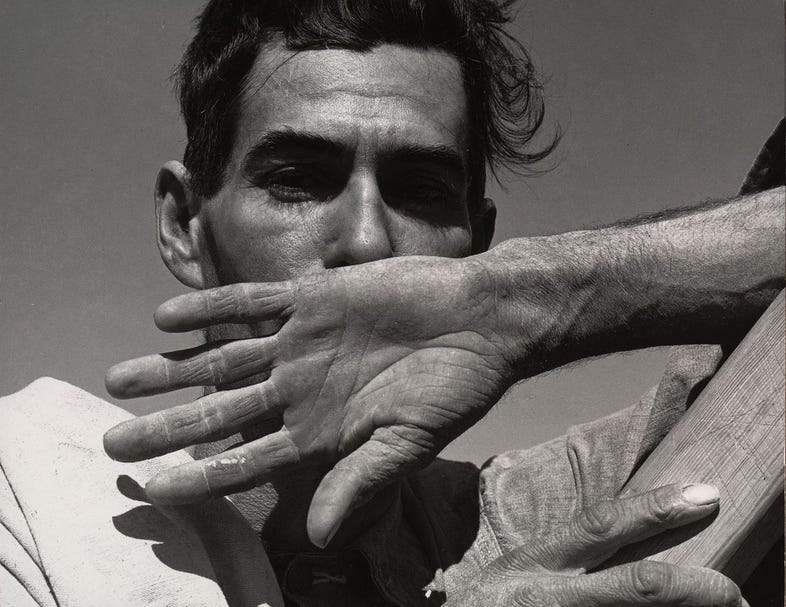
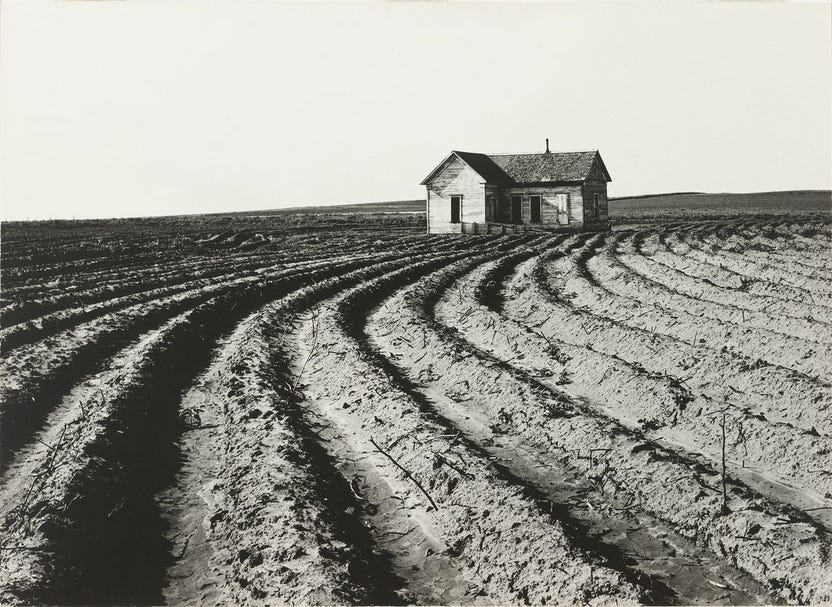
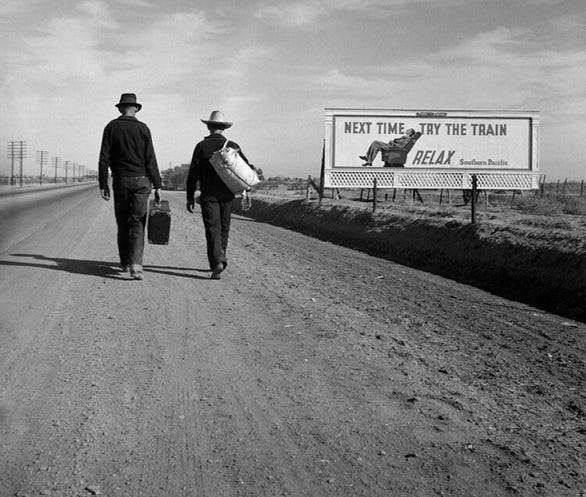
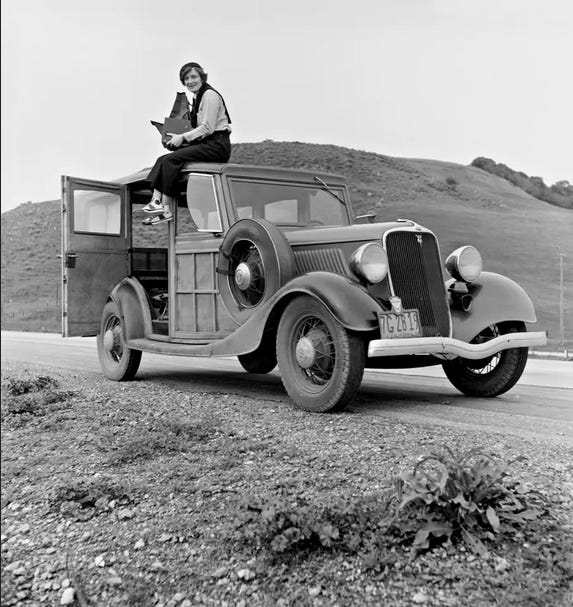
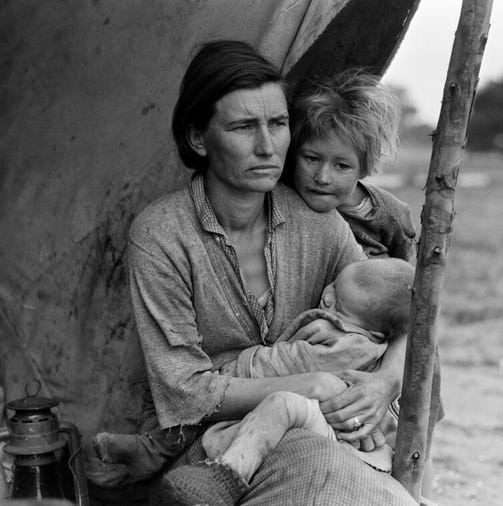
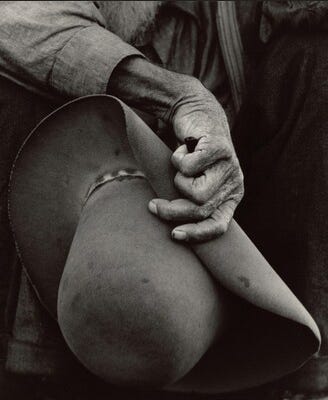
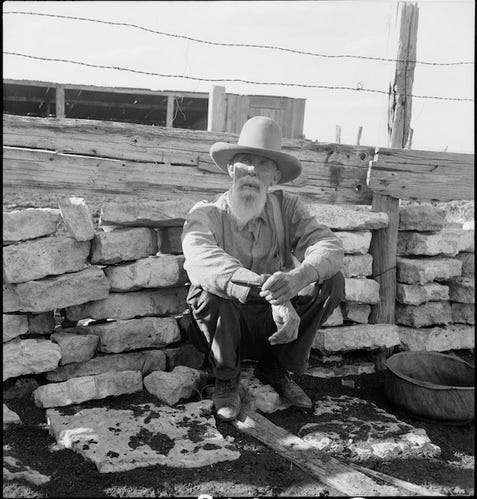
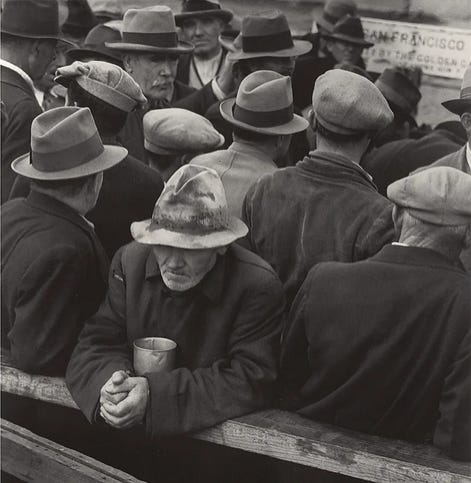
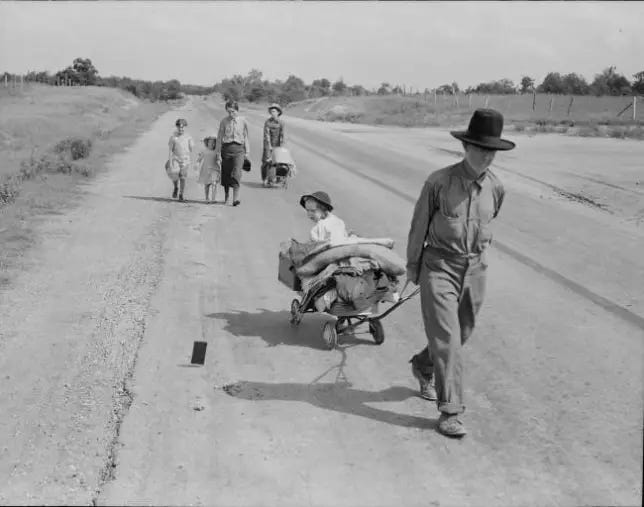
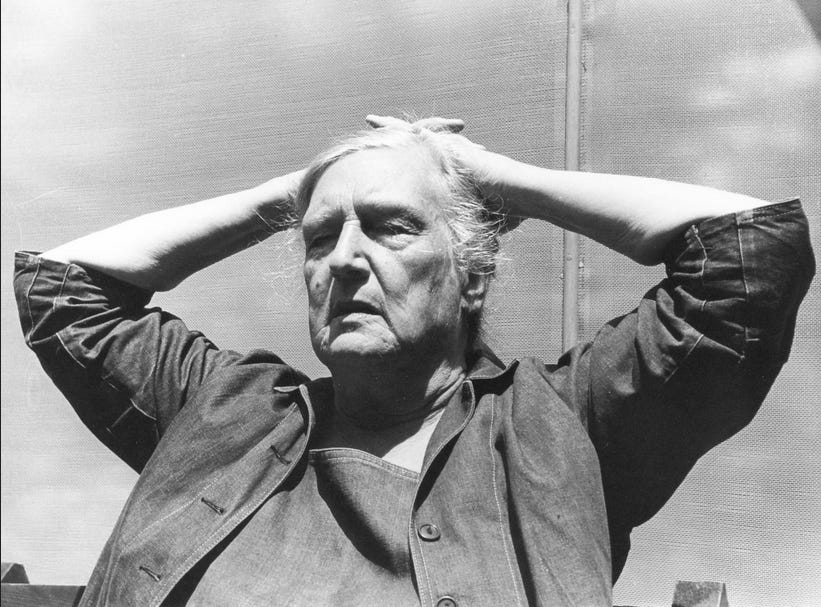
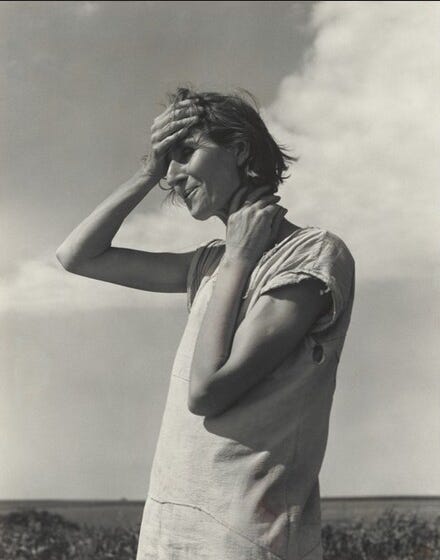
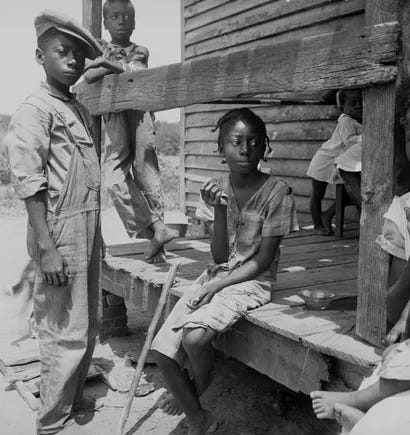
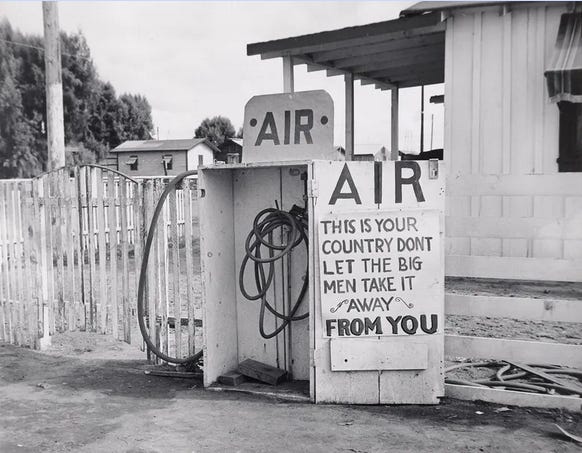


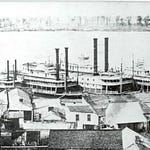
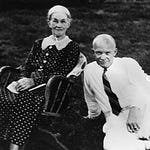
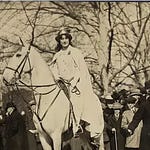

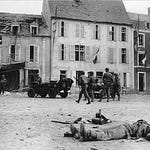
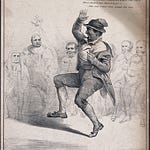


Photo of the Day